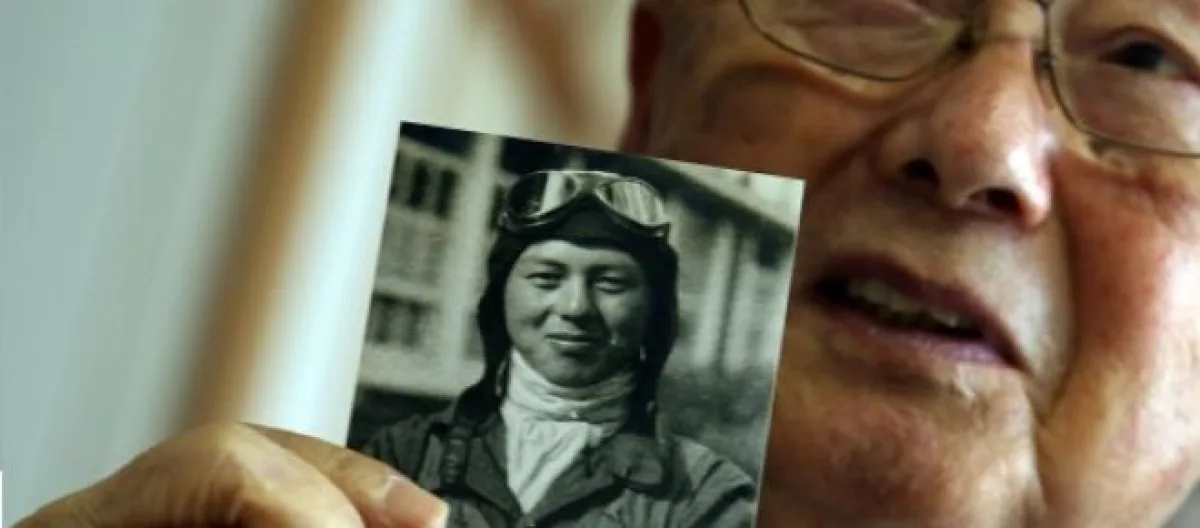In 1945 a group of pilots filled the flight room and all were presented with a form that asked them to be a Kamikaze. It was a multiple-choice form with only three options; "I passionately wish to join", "I wish to join", and "I don't wish to join". They were all university students who were all called up to service as Japan was running out of solders.
Most of the pilots wrote down their answers and walked out the room but Hisashi Tezuka and a handful of cadets waited for what felt like an eternity as they made up their minds.
He didn't really know if any of them refused but later learned those who did where told by senior ranks to go back and choose the correct answer.
Tezuka said that he wanted to show his true feelings so he crossed out the second choice and wrote in "I will join". The reason for this he said was that he didn't "wish" to become a kamikaze pilot but felt he had a duty to his family and country.
"The Devine Wind" or kamikazes were ordered to fly their purposely modified planes into death. The US Strategic Bombing Survey that is kept at the Yasukuni Shrines library in Tokyo believes that around 2,500 pilots lost their lives during the war.
Movies and books have given the image that all kamikaze pilots are crazed suicide bombers who would scream "banzai" as they crashed their planes into the enemy ships ending their own lives, but interviews with surviving pilots tell a different story. With letters and documents turning up from family members it shows different views of men driven by patriotism and self-sacrifice as the world they lived in was do or die with the end result being die anyway.
Tezuka said that firstborn sons where not selected as they were the heirs to their family's but as he was one out of six brothers and a sister, and wasn't the eldest, he thought he was a good pick to become a kamikaze pilot.
Before he was sent out on his final mission he was given five days leave to visit his parents but didn't have the stomach and heart to tell them that he had signed up to be a suicide bomber.
He said that there was one absolute about being a kamikaze and that was "You go, and then it's over".
He survived as when he was taking the train to his base to fly on his kamikaze attack he herd Emperor Hirohito announced Japans surrender over the radio and said that he was all set to die but when he heard the news his mind just went blank.
He was 23 at the time and now he is 93 and notes that he has lived much longer than many of the kamikaze pilots who survived along with him.
He handed the reporter an old photo of himself as a Zero fighter pilot, grinning in his helmet with the white scarf around his neck. He said that the kamikaze where a hit with the women and the usual pose with a lady friend was such that as in the picture.
He loved flying the Zero fighter so much that after the second world war he couldn't fly a commercial jet and was so sick of war that he didn't join the Japanese self-defence force. He went on to operate a small business and now has a family of his own with grandchildren.
He even often visit American farmers but never told them he was a kamikaze pilot.
